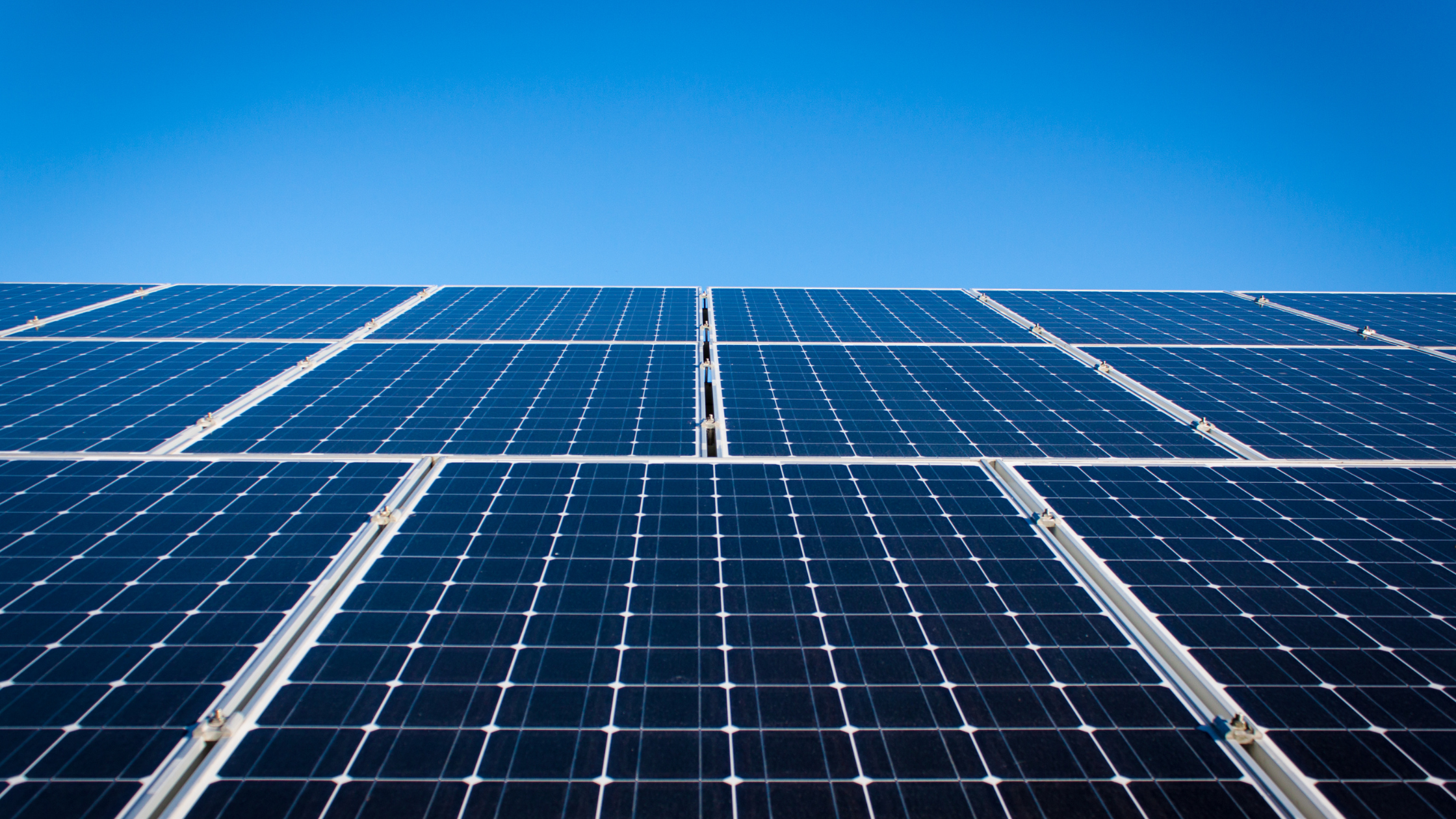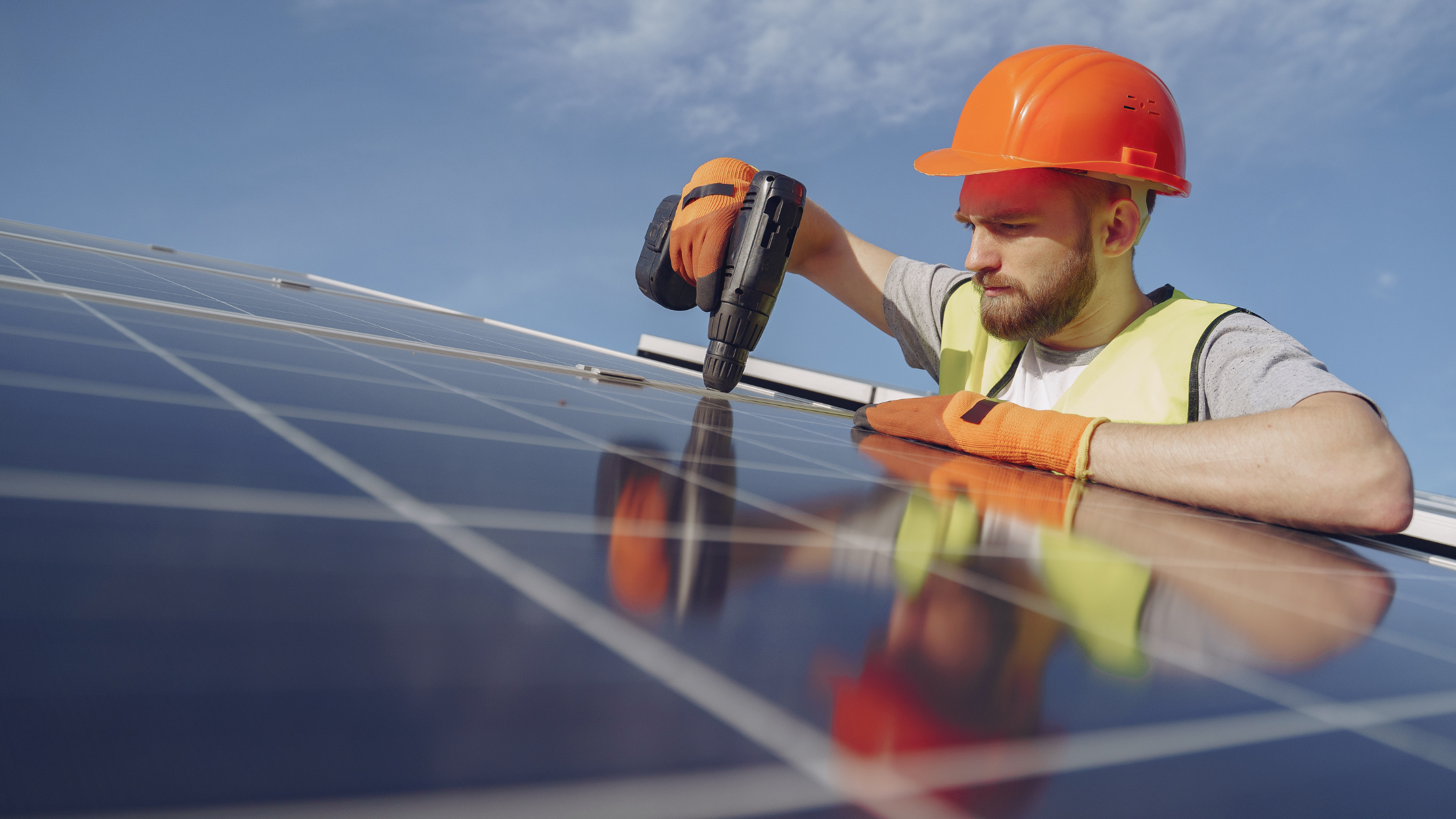Two factors will tell you if solar is right for you, or an expensive roof decoration

A few months ago, one quiet morning in the South Auckland suburb of Pukekohe, David Malosi proudly showed us out to the back deck of his new home, followed by his oldest daughter, Irina. As the sun climbed up over the Bombays, between big sips from his coffee mug, David told us about a decision he’d been considering for months. One that could make a huge difference for him and his family: installing solar.
Like many of us, David had heard the buzz around solar energy — how it could cut down on electricity bills, give us some independence from the grid, and perhaps contribute to a greener future. The idea of harnessing the power of the sun to generate their own clean and renewable energy was attractive. However, the steep installation cost meant they had to carefully consider the long-term value of the investment.
"I'm pretty cautious about believing all the claims," David said. "People were talking about it like a silver bullet. I did my own research and realised there was a lot more to consider than I initially thought. In the end, we've got a big family, four kids still at home, and we're in the house a lot, so it made sense. It looks like we’ll save quite a bit. But yeah, that's not the case for everyone."
As the cost of living increases, and we're all wondering how to do our bit for the planet, solar is a question on many minds. But how do you know if it's right for you, and what should you consider when doing the sums? We're here to shed a bit of light on that.
Solar 101
First things first, let's cover some basics.
- When we talk about "solar," we're referring to a personal system of energy generation and supply. A solar system includes solar panels and optional additions like an inverter (for selling back excess energy to the grid), batteries (for energy storage), or even EV charging capability.
- We’re going to mention the "grid” a few times. The grid is the network of power generation sources, transmission lines, and distribution systems that deliver electricity from companies to consumers. If you don't already have solar panels, then you're currently buying electricity from the grid through an electricity retailer.
- Grid-connected solar systems are the most common. Going off-grid is more expensive and requires numerous batteries. So, for most of us, sticking with the grid is the way to go.
- The type, size, and number of panels you purchase impact the amount of power (kilowatts/kW) you can generate. In New Zealand, there are three common types of panels: mono-crystalline, polycrystalline, and thin film. Just remember, cheaper panels tend to be less efficient. The number of panels you need depends on your current energy usage and sun exposure. It can range from 4 to 30 panels.
- If your goal is to save money with solar, several factors come into play, including how you use energy and where you're located.
- If you're considering solar for environmental reasons, location is important too. The manufacture of solar panels and batteries does have a significant environmental impact. In regions where most of the electricity already comes from renewable sources, the net impact of solar panels might actually be negative.

The Two Factors Influencing Your Potential Savings
- How You Use Power
- Timing: Unless you also purchase a battery, you will use solar power as it is generated — when it's sunny. If you're typically home during the day, you can maximise your usage of free energy. On the other hand, if you primarily use power at night when you return from work, you will mainly rely on grid electricity. The solar energy generated during the day would be sold back to the grid at wholesale rates (7-17c/kWh), which are lower than the evening purchase rates (~25c/kWh). Adjusting your habits, such as running appliances during the day or on sunny days, could increase your self-consumption and savings.
- Size: Larger households with high power consumption can cover a higher proportion of their needs with solar power, maximising their savings, especially if they’re able to rely primarily on the power they generate themselves. However, if your energy needs are already minimal, the excess energy generated by solar panels may not justify the investment. In that case, relying on the grid and focusing on controlling energy use may be more cost-effective.
- Selling Solar: While selling back excess energy to the grid can offer some gains, solar energy provides the greatest economic advantage when you can use the power you generate yourself. Keep in mind that utilities often impose limits on the amount of power you can export to the grid, which can affect the maximum system size for residential users. Additionally, special solar plans from retailers may restrict your choice of electricity plans.
- Geographic Location
- As a general rule, the closer you are to the equator, and therefore the sun, the more solar energy you can generate; e.g. Sydney, Australia vs Christchurch, New Zealand. In New Zealand, homes energy use is highest on winter nights to heat homes, when sunshine is weaker and the days are shorter, resulting in less solar power generation, so homes will mostly rely more on grid power. However, in hot, sunny locations like Australia, solar generation is higher (closer to the equator), and more power is typically used during the day in summer (when solar generation is at its peak) to cool homes. That's one reason why Australia's rates of solar adoption are high.
- Factors like living on a hill or in a gully and the orientation of your roof can significantly impact how much energy you can generate. In the southern hemisphere, houses should have roofs facing as close to north as possible, with a west orientation suitable for generating afternoon power when the grid is in high demand. And speaking of roofs, installing solar panels on a big, long roof is more cost-effective than having multiple small roof pieces. A very flat roof can accumulate dirt on panels, causing issues. Both metal and tile roofs are commonly used for solar installations.
- Now, let's talk about the environmental impact. Most electricity in New Zealand is already from renewable sources. Solar panels require enormous amounts of energy to manufacture, and most are made in China using electricity generated from coal. Burning lots of fossil fuels to make a solar panel to offset some 80% renewable energy in New Zealand may not be better for the planet overall. Batteries are similarly capital-intensive. Both solar panels and batteries require mining of raw materials, such as silicon, silver, aluminium, and copper, and disposal is a huge problem. Unfortunately, most end up in landfills.
The Next Step: Considering Installation and Whether It's Worth It
With a good idea of your power usage and location, most solar installers should be able to give you an estimate of your power generation and the warranty period (lifespan) of the panel, typically 25 years. You can use these figures to work out whether the investment is worth it for you over the panel lifetime.
Financing options for solar panels are increasingly common, so be sure to shop around. Most banks offer "green" loans at low or even zero interest rates. Another option is to top up your mortgage to cover the cost of the solar installation, providing an opportunity for affordable financing. Some installers provide flexible payment plans that allow you to pay off the system in monthly instalments. Alternatively, you may have the option to finance the entire installation at zero cost while retaining ownership of the system.
During the installation process, it might be necessary to ensure that an extra circuit is added to your switchboard for the solar system. If there is limited space or your switchboard is outdated, you might need to consider upgrading, augmenting, or replacing it to accommodate the solar setup properly. And if you're considering using solar to charge an electric vehicle, you'll also need a new circuit configured especially for this. So, it makes sense to do it at the same time.
Is Solar Worth It?
For David, it made sense.
"Our installer sorted us out with financing, so it just goes out monthly like our power bill. We don't even notice."
Six months in, everything is going smoothly. With a family of six, often at home cooking, doing laundry, or studying during the day, they're using most of the power they generate. Their power bill dropped from $300 to an average of $127 per month. For their 20-panel/5.9kW system, the total cost was $13,000, paying off $160/month for around eight years. For David and his family, their monthly savings already more than offset the monthly payment, and over 15 years, they could save around $30,000.
David's daughter, Irina, however, lives in an apartment in Christchurch with her partner, Erik. With a well-insulated home and spending most weekdays out at work, their power bill ranges from $80 to $100 a month. With minimal roof space and low usage, they were looking at a 6-panel/1.7kW system. Combined with their southern location, their potential savings were closer to $10-20/month. The payback period would work out to be around 16 years, just four years short of the warranty period of the panels. Christchurch's electricity comes almost entirely from renewable sources, so for Irina and her partner, the cost and environmental impact outweighed the benefits.
Sitting on the deck back in Pukekohe, Irina gave her dad a friendly shove and laughed.
"Yeah, I'm still glad he made me look into it, even if we didn't go for it in the end. It made us think a lot harder about the power we do use, but there's no magic solution. We're better off being more aware of how we're using electricity and being careful not to waste it."